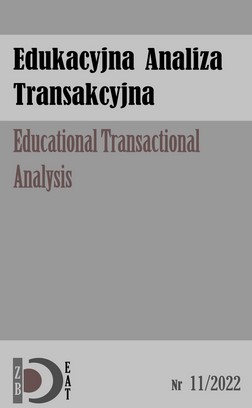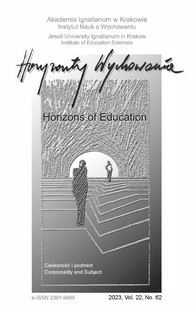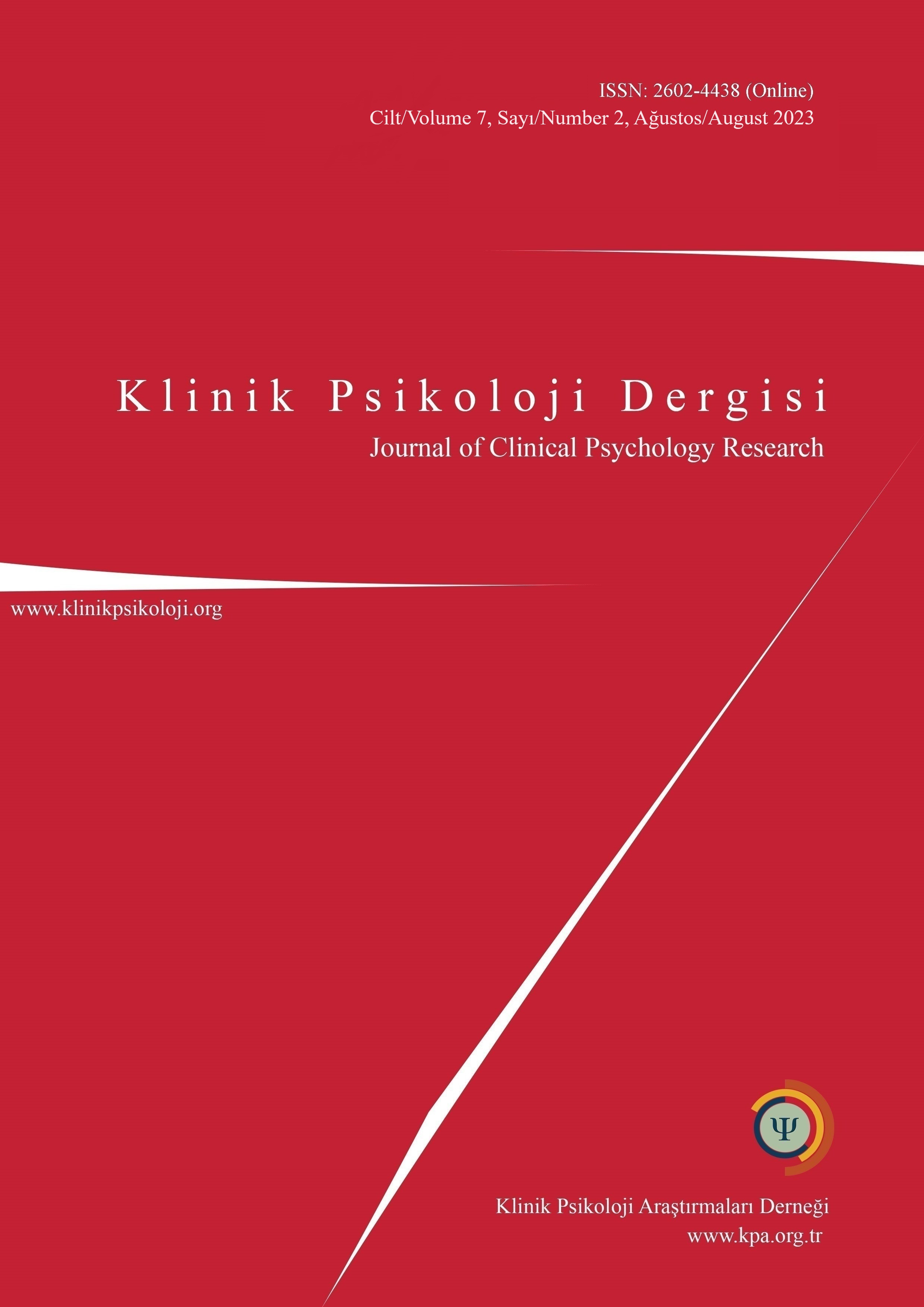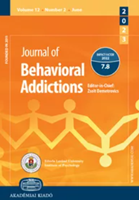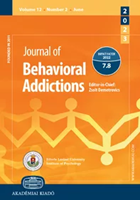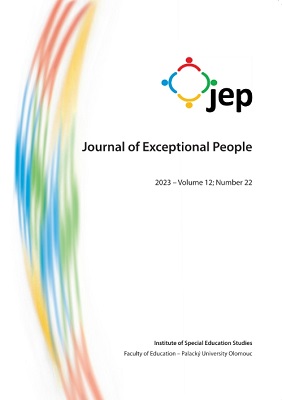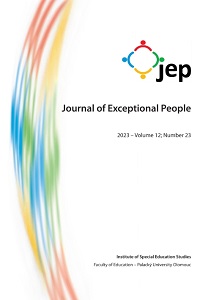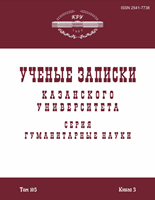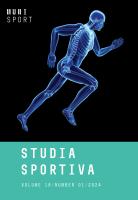Author(s): Po-Ching Huang,Jung-Sheng Chen,Marc N. Potenza,Mark D. Griffiths,Amir H. Pakpour,Ji-Kang Chen,Yi-Ching Lin,Ching-Hsia Hung,Kerry S. O’brien,Chung-Ying Lin / Language(s): English
Issue: 4/2022
Internet use has become an important part of daily living. However, for a minority it may become problematic. Moreover, problematic use of the Internet/smartphone (PUIS) has been associated with low physical activity. The present study investigated the temporal associations between three types of PUIS (i.e., problematic smartphone use [PSPU], problematic social media use [PSMU] and problematic gaming [PG]) and physical activity among Taiwanese university students. Methods: A six-month longitudinal survey study comprising three time points for assessments was conducted. From the original 974 participants, a total of 452 completed all three waves of an online survey comprising the International Physical Activity Questionnaire Short Form (IPAQ-SF) assessing physical activity level, Smartphone Application-Based Addiction Scale (SABAS) assessing PSPU, Bergen Social Media Addiction Scale (BSMAS) assessing PSMU, and Internet Gaming Disorder Short Form (IGDS9-SF) assessing PG. Results: The linear mixed effects model found positive temporal associations of PSMU and PG with physical activity level (PSMU: B 5 85.88, SE 5 26.24; P 5 0.001; PG: B 5 36.81, SE 5 15.17; P 5 0.02). PSPU was not associated with physical activity level (B 5 40.54, SE 5 22.99; P 5 0.08). Additionally, the prevalence rates were 44.4% for at-risk/ PSPU, 24.6% for at-risk/PSMU, and 12.3% for at-risk/PG. Discussion and Conclusions: PSMU and PG unexpectedly demonstrated correlations with higher physical activity level. The nature of these relationships warrants additional investigation into the underlying mechanisms in order to promote healthy lifestyles among university students.
More...
